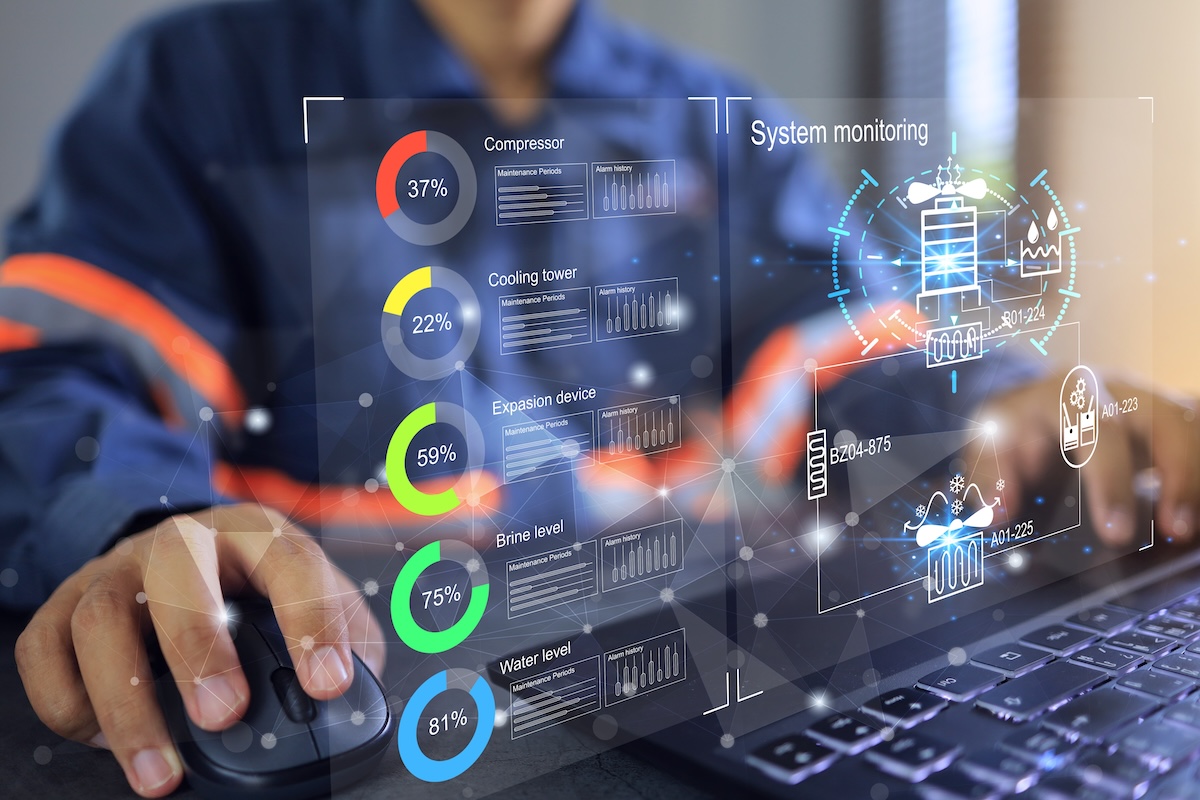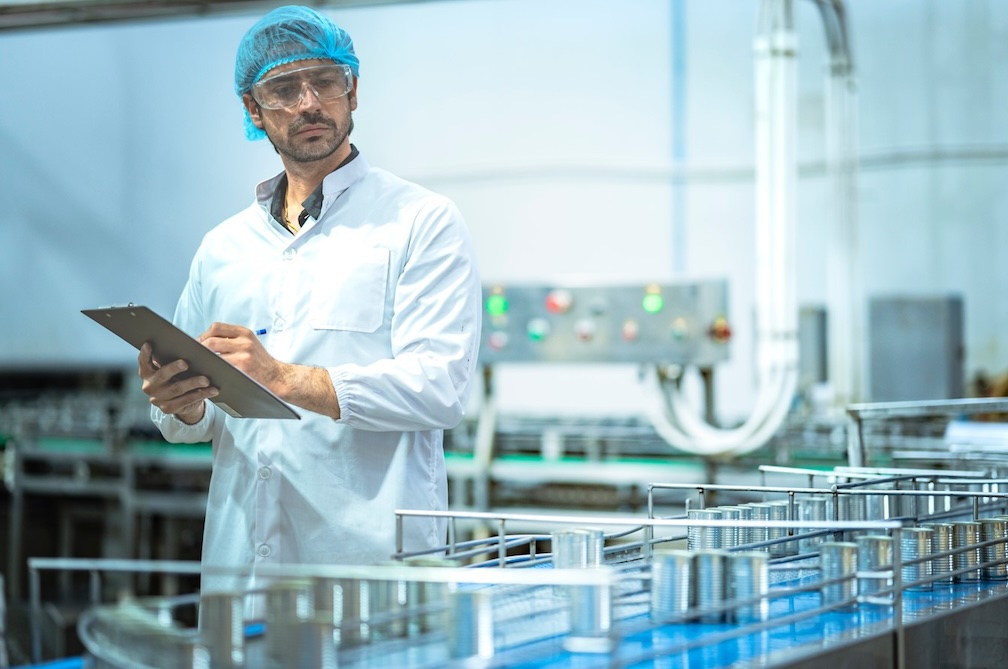To ensure that manufacturers produce high-quality, reliable, and safe products, the application of effective measurement and testing procedures is essential. Among these procedures, Measurement System Analysis (MSA) stands out as a crucial tool for validating measurement systems. With the help of MSA, it can be ensured that measurement systems operate accurately, reliably, and consistently, thus guaranteeing product conformity and customer satisfaction. Properly functioning measurement systems are indispensable for filtering out defective products, optimizing manufacturing processes, and reducing costs. Consequently, the application of MSA significantly contributes to ensuring product quality and the long-term success of companies. Let's explore how MSA fits into the validation triangle of test systems!
Before mapping the validation of measurement systems, it is essential to understand that measurement and testing, although related concepts, differ in their meanings. Measurement refers to the quantification of a specific characteristic, whereas testing is a broader process that includes measurement.
During measurement, a specific product characteristic is compared to a predefined standard or reference value. Its goal is to obtain objective, quantifiable data about the product's quality. Measurement typically focuses on a specific, well-defined parameter, such as size, weight, or electrical properties. The result of the measurement is a numerical value, which determines whether the product meets the specifications.
In contrast, testing is a more complex process that involves a comprehensive examination of the product. During testing, various functions, performance, and reliability of the product are checked under real or simulated conditions. The goal of testing is to identify potential faults, weaknesses, and ensure that the product meets customer expectations and standards. Testing can involve numerous methods, such as functional tests, durability tests, or environmental tests.
The main differences between measurement and testing:
- Goals: The primary goal of measurement is to quantify product characteristics, while testing aims to ensure the overall quality and reliability of the product.
- Methods: Measurement typically employs simpler, specific methods, whereas testing involves more complex, multifaceted techniques.
- Results: The result of measurement is a numerical value, while the result of testing is a comprehensive evaluation of the product's quality and conformity.
- Timing: Measurement is usually performed during or immediately after the manufacturing process, while testing can occur at various stages of development and after production.
Thus, measurement focuses on quantifying product characteristics, while testing focuses on comprehensive examination and quality assurance.
The validation of test equipment is a complex process that determines the operating parameters of the test equipment using measured data. To get a comprehensive picture of the system, a validation series must be conducted. This is illustrated by the validation triangle of test equipment. The validation of modern test equipment rests on three main pillars: positioning, Measurement System Analysis (MSA), and methodology. These elements together ensure the reliable and accurate operation of measurement systems, which is essential for maintaining product quality.
Positioning
Positioning plays a crucial role in the measurement process. The examination of product functions can only be performed on specifically designed test stands, adhering to the prescribed mechanical alignment. Positioning errors can significantly affect the measurement outcome, so special attention must be paid to techniques and tools. Positioning validation is carried out through dimensional measurements and may require repeated repositioning.
Measurement System Analysis (MSA)
MSA is an experimental and mathematical method. It is a structured process aimed at evaluating the performance of measurement systems and determining measurement uncertainty. MSA helps identify factors affecting the accuracy and stability of measuring instruments and recognizes opportunities for improvement.
The main steps of MSA include examining the reproducibility of the measurement system, checking linearity and stability, and estimating measurement uncertainty. Conducting these analyses is essential to confirm the suitability of the measurement system and ensure the reliability of measurement results. It is crucial that MSA requires reference values and that measurements be repeated multiple times under identical conditions.
Using it is essential because it allows us to determine whether the test system in use is functioning correctly, meaning it can accurately judge whether the tested piece is good or not. An accredited calibration certificate alone is not sufficient; measurements must be carried out under real conditions and with regard to tolerance fields.
During the measurements, it is crucial to monitor the spread to determine the system's uncertainty and accuracy. The distribution of the measured results indicates uncertainty, while numerical deviation indicates accuracy. Based on this, the test equipment can be precise but not accurate, accurate but not precise, or both precise and accurate.
Measurements require a reference, a standard, with the smallest possible extended uncertainty traceable to national and international standards. However, the gold sample is only applicable in attributive measurements. In most cases, the most effective approach is to perform a Gauge Study, which involves conducting measurements under ideal and identical conditions at least 30 times, excluding as many external factors as possible. The numerical evaluation of the results answers the question of how much uncertainty (Cg) and combined accuracy and uncertainty (Cgk) the system has.
Methodology
The methodology followed during the validation of test equipment significantly influences effectiveness. This involves the application of mathematical formulas and signal conditioning to the data set validated with MSA. One best practice, for example, is analyzing raw data.
Applying best practices also contributes to the success of validation. Practical tips include using standards, selecting the appropriate sample size, or controlling environmental conditions. Following these guidelines ensures that the validation of the measurement system adheres to the best industry practices.
The validation triangle of test equipment—positioning, MSA, and methodology—collectively guarantees the reliable operation of measurement systems. The harmonious application of these elements is essential for ensuring product quality and meeting customer expectations in the automotive industry.
Trust the professionals with testing! ProDSP equipment performs assigned tasks with high quality, ultimately leading to more accurate products and economic growth. Contact us today, and we will help create the equipment you need for progress!




